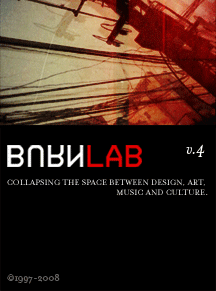I've been doing a lot of research on Futurist painter and composer Luigi Russolo lately, and will present some blog-friendly tidbits here in two parts.
Luigi Russolo Part 1: The Art of Noises
Russolo's work, and his "The Art of Noises" manifesto in particular, is credited with laying the foundations for much of modern music, electronic especially. The futurists were as much (if not more) of a political movement than an artistic movement, who glorified velocity, technology and violence. It was as important to the Futurists to destroy the past as it was to create the new. It was Russolo's belief that noise was the sound of music for the new century.
"Let us cross a great modern capital with our ears more alert than our eyes and we will get enjoyment from distinguishing the eddying of water, air and gas in metal pipes, the grumbling noises that breathe and pulse with indisputable animility, the palpitation of waves, the coming and going of pistons, the howl of mechanical saws, the jolting of the tram on its rails, the cracking of whips, the flapping of curtains and flags. We enjoy creating mental orchestrations of crashing down of metal shop blinds, slamming doors, the hubbub and shuffle of crowds, the variety of din from the stations, railways, iron foundries, spinning mills, printing works, electric power stations and underground railways."
The picture above is of Russolo and his assistant Ugo Piatti with their "Intonarumori" in 1913. These acoustic generators were constructed to create specific sounds inspired by the modern world, and were played together as a sort of noise symphony. Russolo and Marinetti first performed the Intonorumori in 1914. Marinetti later described the experience of demonstrating the noise intoners to the public as like "showing the first steam engine to a herd of cows."
Listen to a clip from Awakening of a City, from the excellent article Art and Synesthesia.
The reaction - not surprisingly - was one of controversy. Russolo's theories and creations impressed many of the great thinkers of the time, and influenced later innovators such as John Cage and Einsturzende Neubauten, who paid homage to Russolo's machines in the music video for "Blume".
Friday, June 22, 2007
Luigi Russolo Part 1: The Art of Noises
Posted by:
Unknown
at
6/22/2007 09:03:00 AM
![]()
Subscribe to:
Post Comments (Atom)

No comments:
Post a Comment